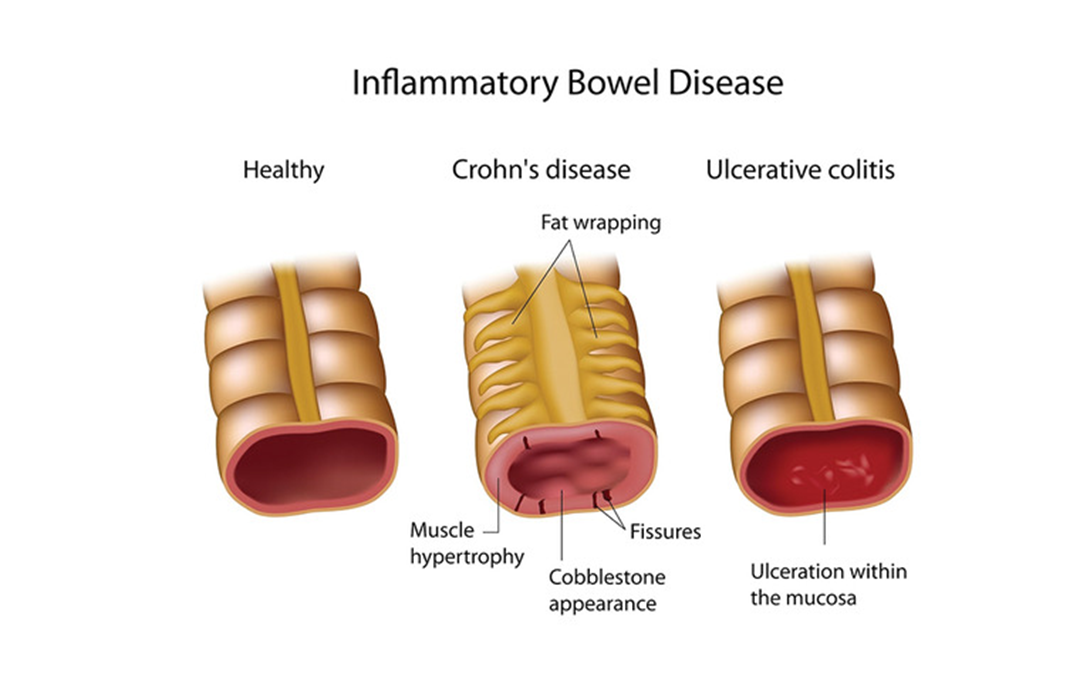Exhibits
The nurse is reviewing the physician orders. Which of the following physician’s orders requires priority attention from the nurse? Select all that apply.
Basic metabolic panel
Echocardiogram
CT scan of abdomen
Blood cultures times 2 sets
Chest X-ray
Place on continuous cardiac monitor
CBC
12 lead EKG
Correct Answer : F,H
a) Basic metabolic panel: This is a blood test that measures the levels of electrolytes, glucose, calcium, and kidney function. It is not a priority order for this client because her glucose level is within the normal range and her symptoms are not indicative of electrolyte imbalance or kidney failure.
b) Echocardiogram: This is a test that uses sound waves to create images of the heart and its valves, chambers, and blood flow. It is not a priority order for this client because her chest discomfort may not be related to a cardiac problem and her SpO2 is normal, indicating adequate oxygenation.
c) CT scan of abdomen: This is a test that uses X-rays to create detailed pictures of the organs and structures in the abdomen. It is not a priority order for this client because her abdominal pain is not severe or acute and her nausea and poor appetite may be due to her illness or dialysis.
d) Blood cultures times 2 sets: This is a test that checks for the presence of bacteria or fungi in the blood. It is not a priority order for this client because she does not have signs of infection such as fever, chills, or leukocytosis.
e) Chest X-ray: This is a test that uses X-rays to create images of the lungs and chest wall. It is not a priority order for this client because she does not have respiratory symptoms such as cough, shortness of breath, or wheezes.
f) Place on continuous cardiac monitor: This is an order that requires the nurse to attach electrodes to the client's chest and monitor the heart rate and rhythm continuously. This is a priority order for this client because she has a history of CAD and HTN and reports chest discomfort and lightheadedness, which could indicate a possible myocardial infarction (heart attack) or arrhythmia (irregular heartbeat).
g) CBC: This is a blood test that measures the number and types of blood cells, such as red blood cells, white blood cells, and platelets. It is not a priority order for this client because she does not have signs of anemia, bleeding, or infection.
h) 12 lead EKG: This is a test that records the electrical activity of the heart from 12 different angles. It can detect abnormalities in the heart's rhythm, conduction, or damage. This is a priority order for this client because she has a history of CAD and HTN and reports chest discomfort and lightheadedness, which could indicate a possible myocardial infarction (heart attack) or arrhythmia (irregular heartbeat).
Nursing Test Bank
Naxlex Comprehensive Predictor Exams
Related Questions
Correct Answer is C
Explanation
Choice A reason: A referral for social services at home is not necessary for a client with Addison's disease who has stable vital signs, adequate hydration, and good self-care knowledge.
Choice B reason: Limiting daily fluid intake to 500 mL is not appropriate for a client with Addison's disease, who is at risk of dehydration and hypotension. The client should drink fluids according to thirst and urine output.
Choice C reason: Preparing the client for discharge home is the best action for the nurse to implement, as the client has no signs of complications or deterioration from Addison's disease. The client should be able to manage the condition at home with regular follow-up and medication adherence.
Choice D reason: Strict intake and output monitoring is not required for a client with Addison's disease who has normal blood pressure, moist mucous membranes, and strong peripheral pulses. These indicate adequate fluid balance and renal function.
Correct Answer is D
Explanation
Choice A reason: Measuring capillary glucose level is not a priority action for a client with a rigid abdomen and rebound tenderness. These signs indicate peritonitis, which is a serious complication of IBD that requires immediate attention. Corticosteroids can increase blood glucose levels, but this is not an urgent concern in this situation.
Choice B reason: Encouraging ambulation in the room is not appropriate for a client with a rigid abdomen and rebound tenderness. These signs indicate peritonitis, which is a serious complication of IBD that requires immediate attention. Ambulation can worsen the pain and inflammation, and increase the risk of bowel perforation.
Choice C reason: Monitoring for bloody diarrheal stools is important for a client with IBD, but not a priority action for a client with a rigid abdomen and rebound tenderness. These signs indicate peritonitis, which is a serious complication of IBD that requires immediate attention. Bloody stools can be a sign of ulceration or bleeding in the bowel, but they are not specific to peritonitis.
Choice D reason: Obtaining vital sign measurements is the priority action for a client with a rigid abdomen and rebound tenderness. These signs indicate peritonitis, which is a serious complication of IBD that requires immediate attention. Vital signs can reveal signs of infection, inflammation, shock, and organ failure, which can guide the appropriate interventions and treatments.

Whether you are a student looking to ace your exams or a practicing nurse seeking to enhance your expertise , our nursing education contents will empower you with the confidence and competence to make a difference in the lives of patients and become a respected leader in the healthcare field.
Visit Naxlex, invest in your future and unlock endless possibilities with our unparalleled nursing education contents today
Report Wrong Answer on the Current Question
Do you disagree with the answer? If yes, what is your expected answer? Explain.
Kindly be descriptive with the issue you are facing.
